Study identifies production losses associated with imported food as a significant contributor
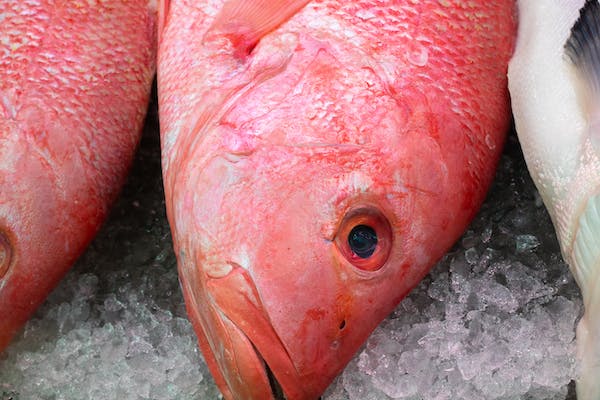
A new study reveals that the aquatic food loss and waste (FLW) rate in the United States is roughly half than previously estimated.
The United States, as the largest importer of aquatic food globally, plays a pivotal role in shaping the sustainability of the world’s food system. The study, published in Nature Food and conducted using a combination of primary and secondary data along with life cycle methodology, showed surprising results regarding the extent of FLW in the U.S. seafood supply chain.
“There are significant differences in FLW among species, production technology, origin and stage of supply chain,” wrote the researchers. “We estimate total aquatic FLW was 22.7 percent, which is 43 to 55 percent lower than earlier estimates reported in the literature, illustrating the importance of applying a disaggregated approach.”
The study identifies production losses associated with imported food as a significant contributor, amounting to over one-quarter of the total FLW. To effectively address these losses, the researchers emphasize the need for multinational efforts, calling for interventions along the entire supply chain. This includes innovative solutions, government incentives, policy changes, infrastructure improvements and a focus on equity.
“Businesses throughout the supply chain may draw insights relevant to improving their own operations and tracking their discards and quality losses more thoroughly,” wrote the researchers. “Third-party auditors could add FLW targets to certification schemes. The data can be shared to improve aquatic food estimates within existing databases such as through ReFED, the U.S. Department of Agriculture’s Loss-Adjusted Food Availability data series and the FAO. The findings also provide a benchmark to track progress within the fisheries and aquaculture sectors, and the methodology can be applied to other regions or food sectors.”
Eat the whole fish: A discussion of culture, economics and food waste solutions
The implications of the study are far-reaching, providing valuable insights for policymakers, industry and advocates of responsible seafood. It challenges earlier assumptions but also helps identify targeted solutions for reducing aquatic FLW.
According to the study, key priorities include tackling waste in-home consumption and aquatic food production, especially in aquaculture. For instance, strategies like improving water quality, disease prevention, improved hatchery genetics and governance can reduce mortality in aquaculture. For capture fisheries, priorities include harvesting methods to reduce unwanted catch and improved cold chain and handling of fish. Additionally, the study recommends improved data collection and incorporation of waste metrics into sustainability monitoring and consumer labeling to reduce aquatic FLW.
Now that you've reached the end of the article ...
… please consider supporting GSA’s mission to advance responsible seafood practices through education, advocacy and third-party assurances. The Advocate aims to document the evolution of responsible seafood practices and share the expansive knowledge of our vast network of contributors.
By becoming a Global Seafood Alliance member, you’re ensuring that all of the pre-competitive work we do through member benefits, resources and events can continue. Individual membership costs just $50 a year.
Not a GSA member? Join us.
Author
Tagged With
Related Posts
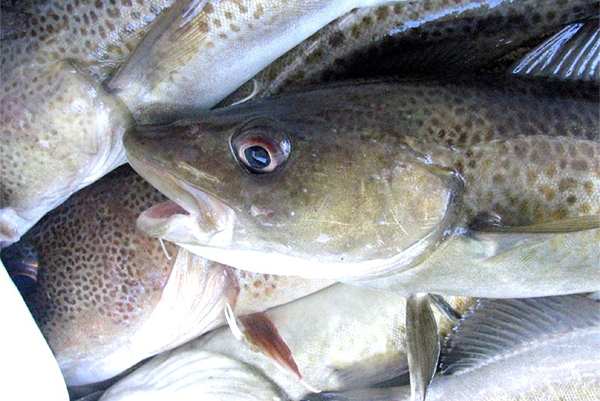
Fisheries
From waste to value: Upgrading marine oils from cod on-board deep-sea vessels
There is a large potential to upgrade currently wasted raw materials like cod residuals into high-quality marine oils for feed ingredients.
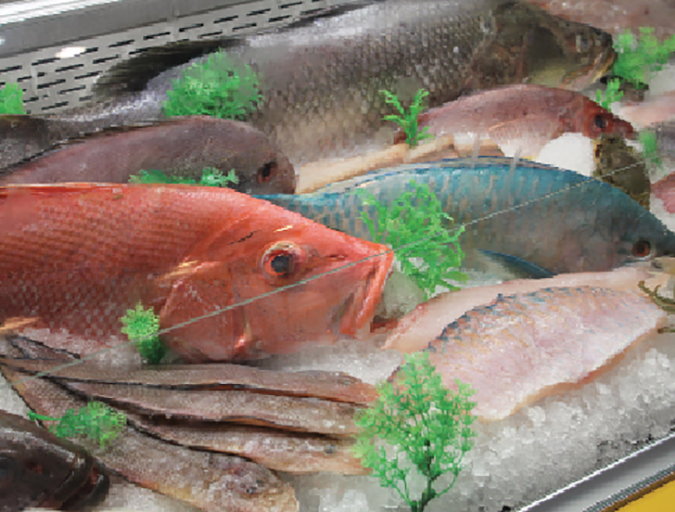
Intelligence
Food is abundant, yet people are starving
While significant numbers of people are undernourished, an increasing number of people are overweight. The divide between recommendations and results is marked, so we must learn more about food production and change our behaviors.
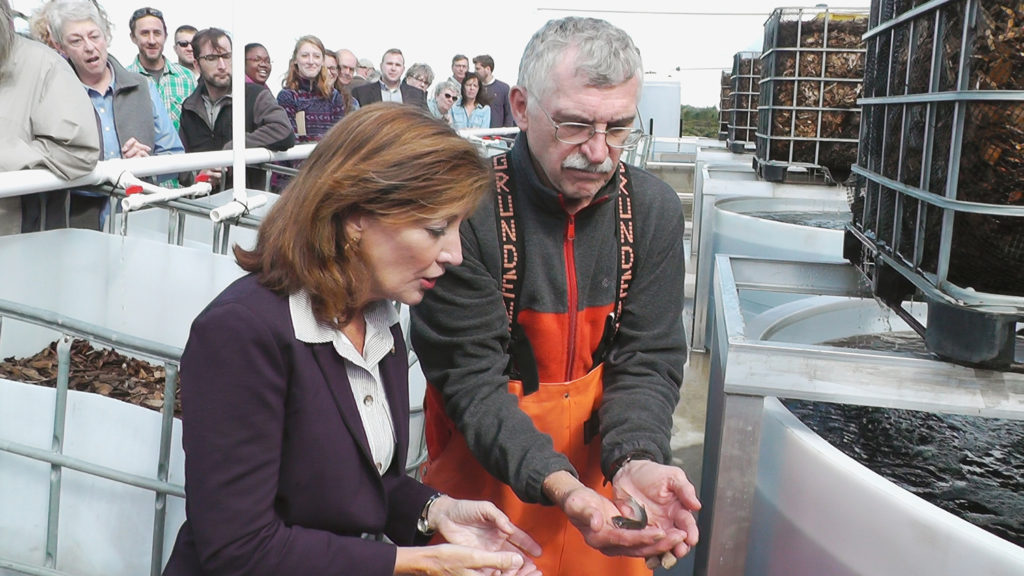
Innovation & Investment
When Perch Met Pale Ale: A nothing-goes-to-waste love story
A unique joint venture is bringing a land-based recirculating aquaculture system to a farming community near Lake Erie. It’s a wastewater treatment program that aims to provide a sustainable food source for the local community.
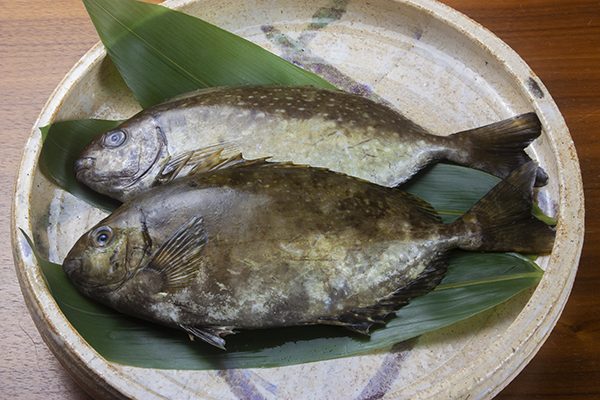
Intelligence
Does rabbitfish farming offer a solution to food waste in Japan?
Japan’s aquaculture sector is turning to rabbitfish farming to find a solution to food waste and promote the benefits of farmed fish.



